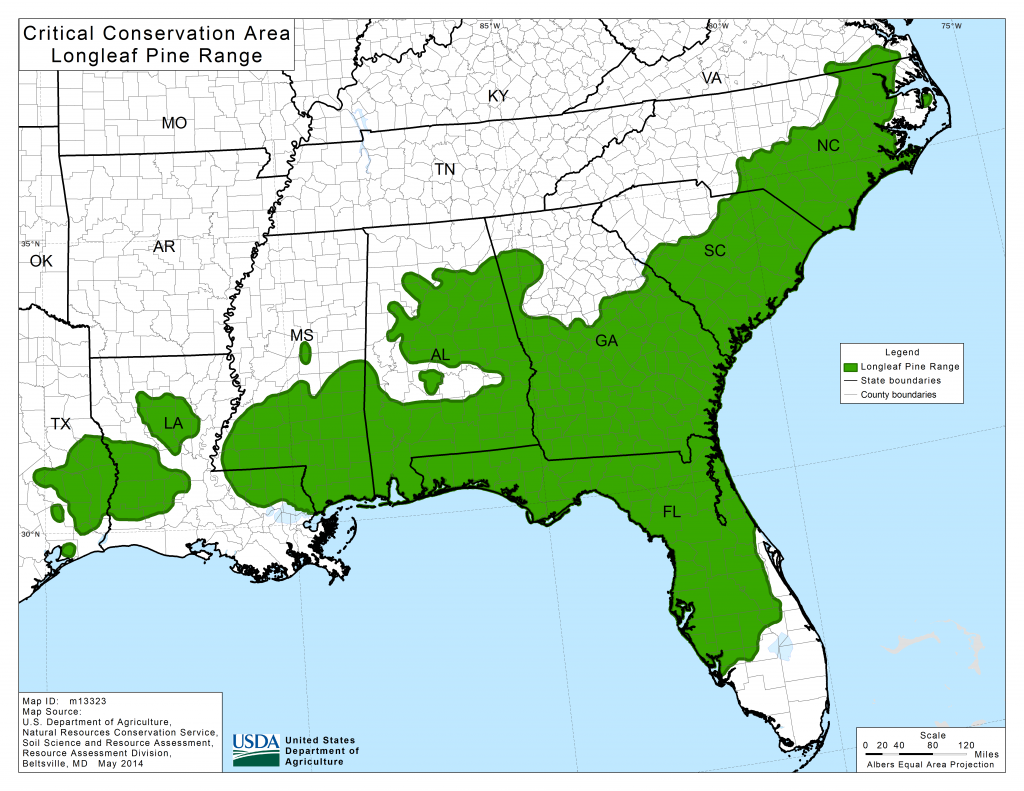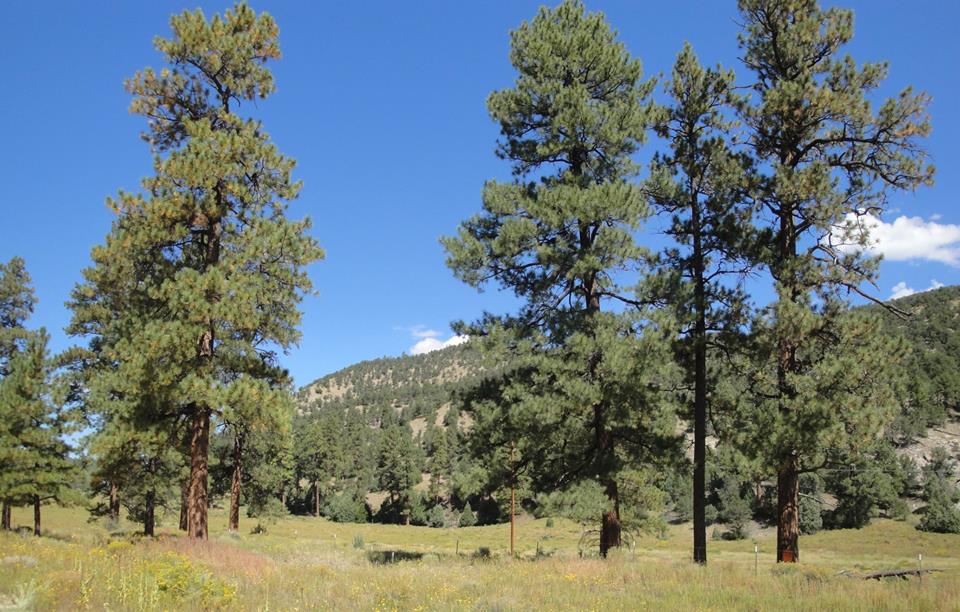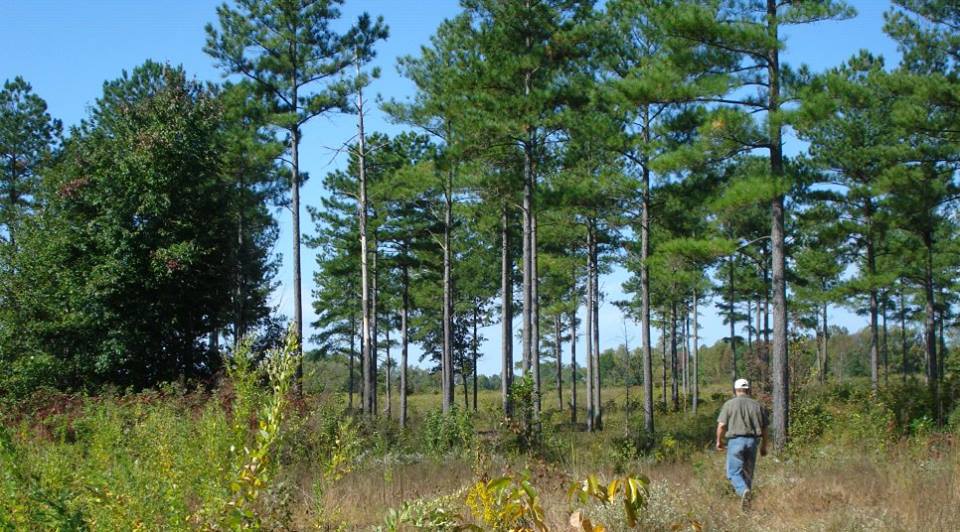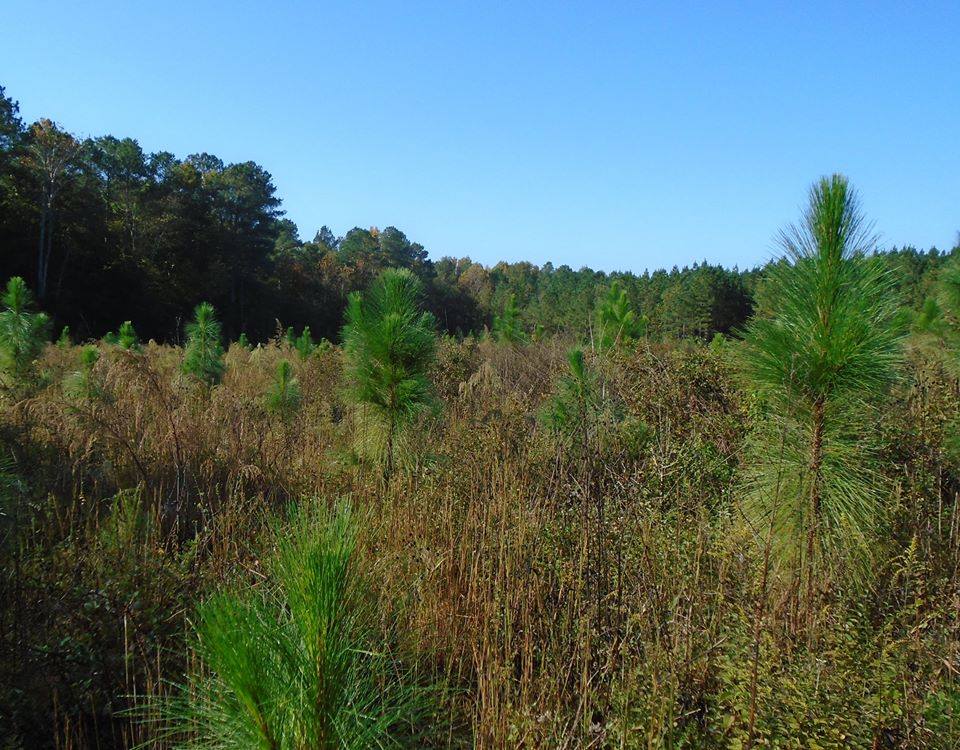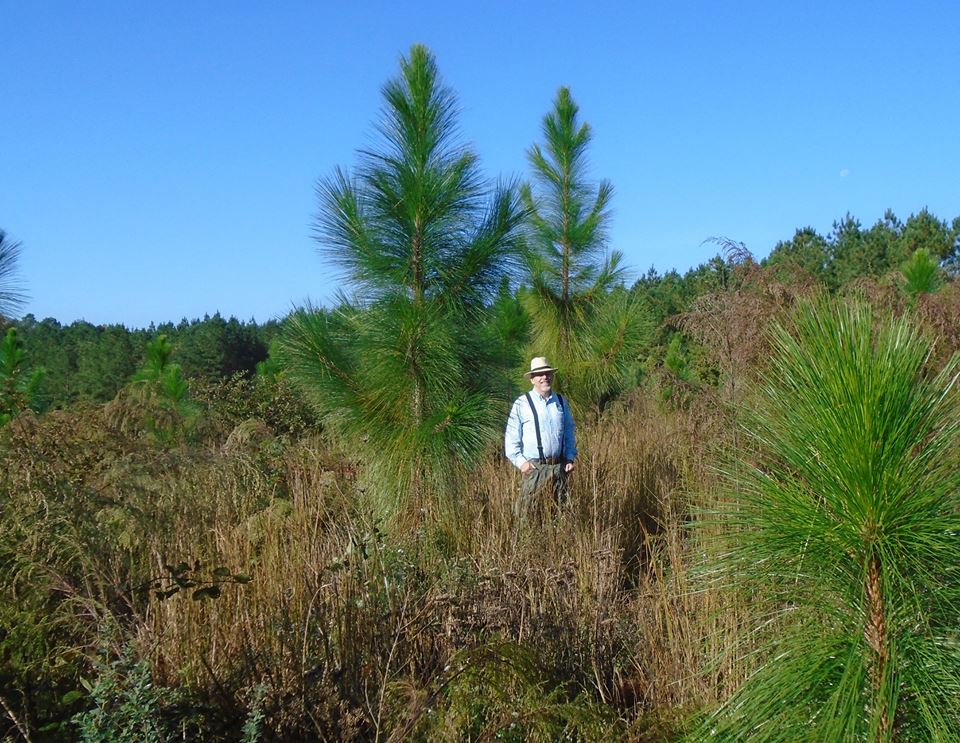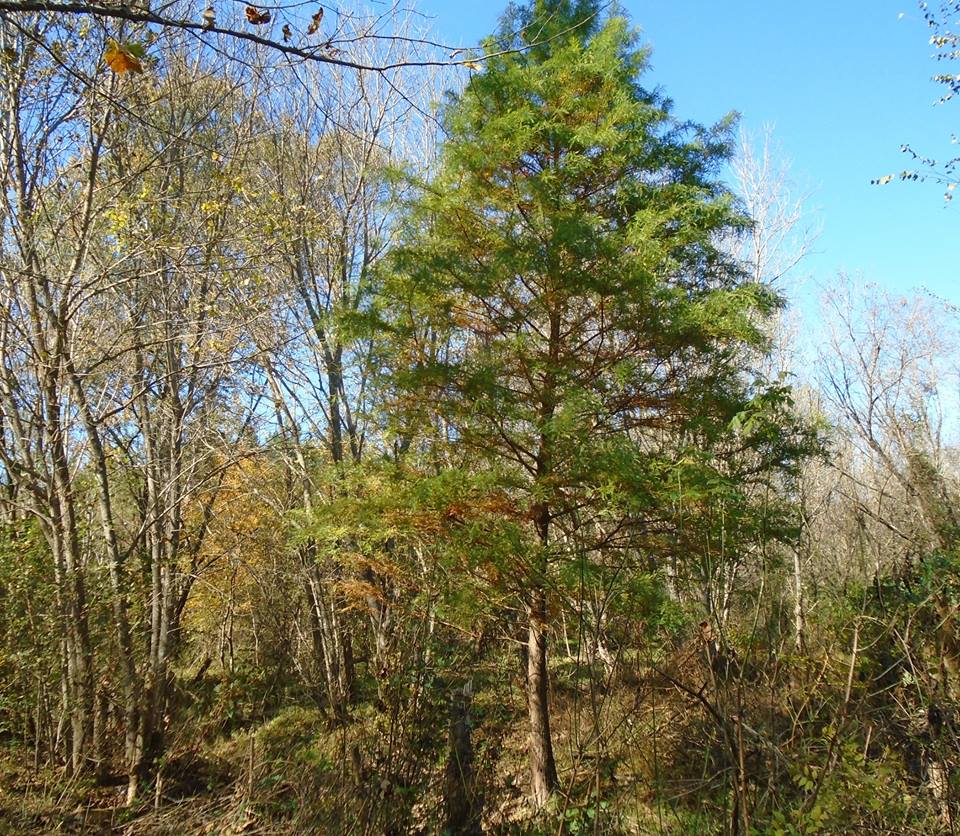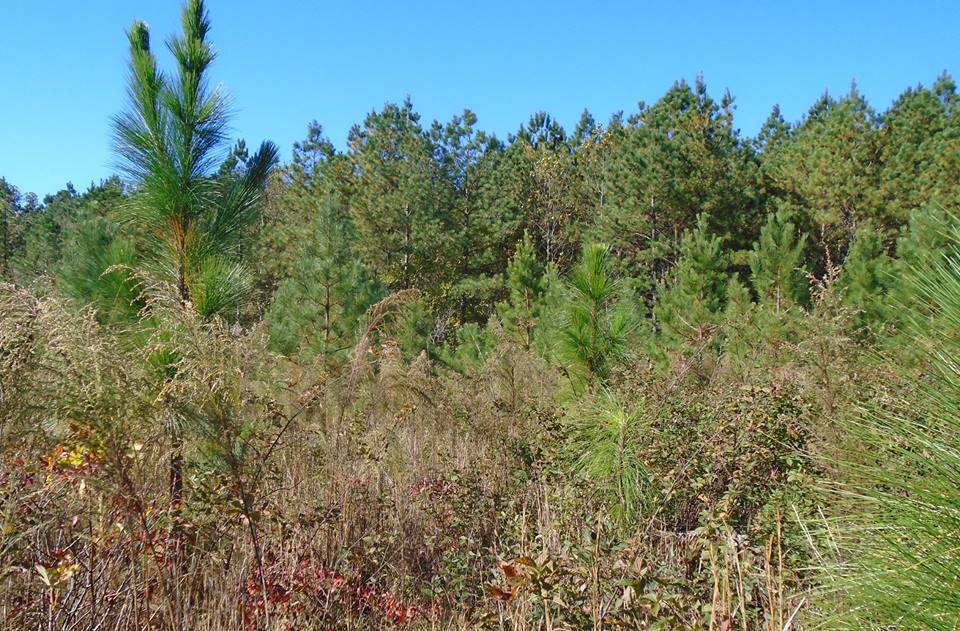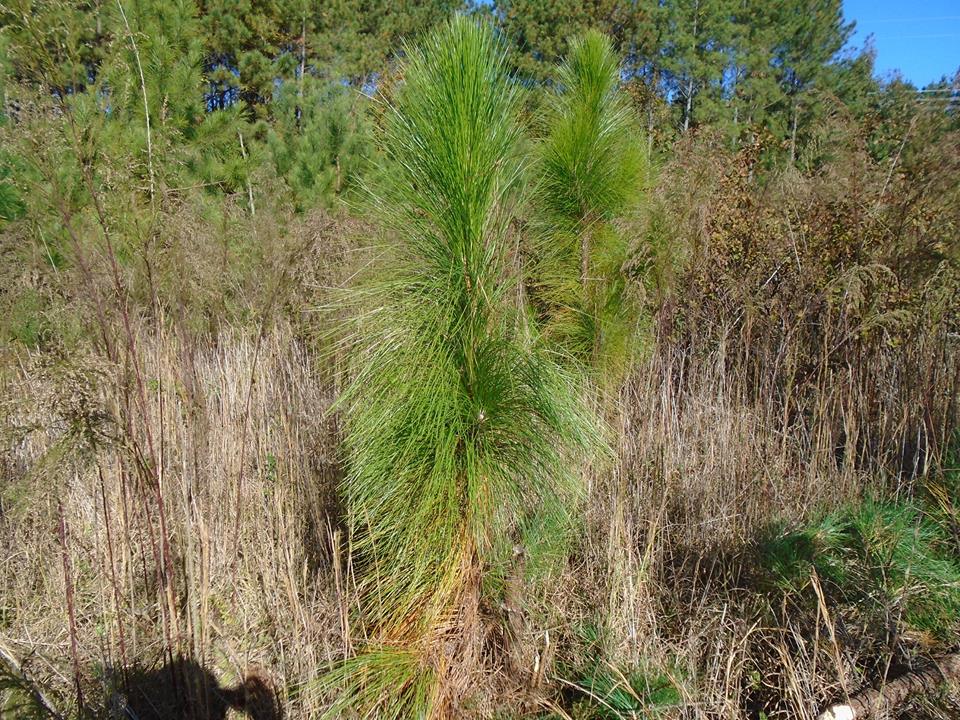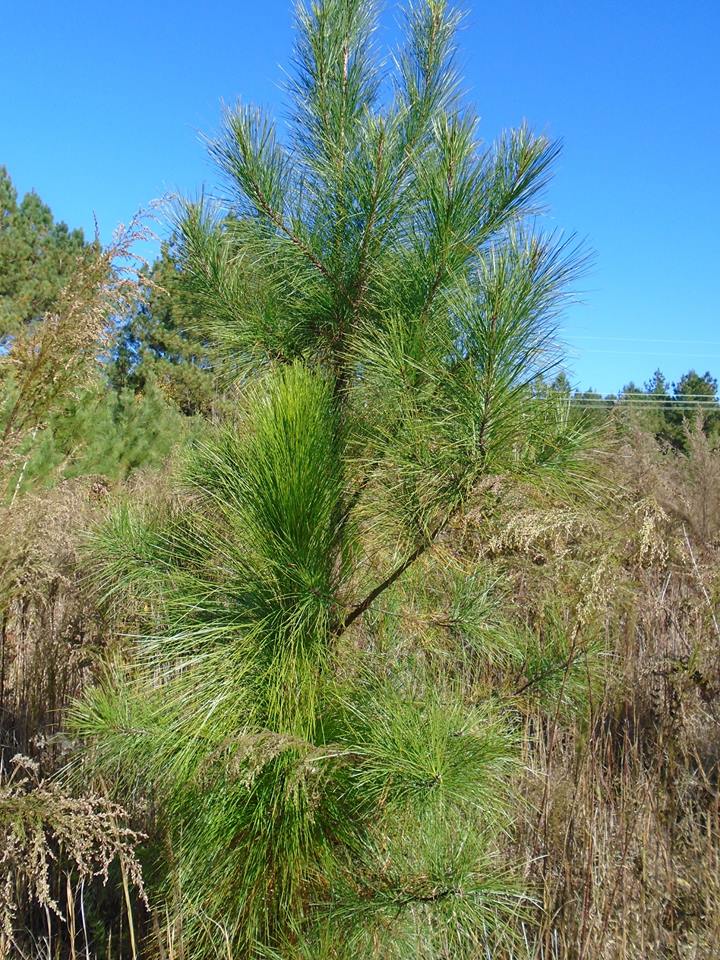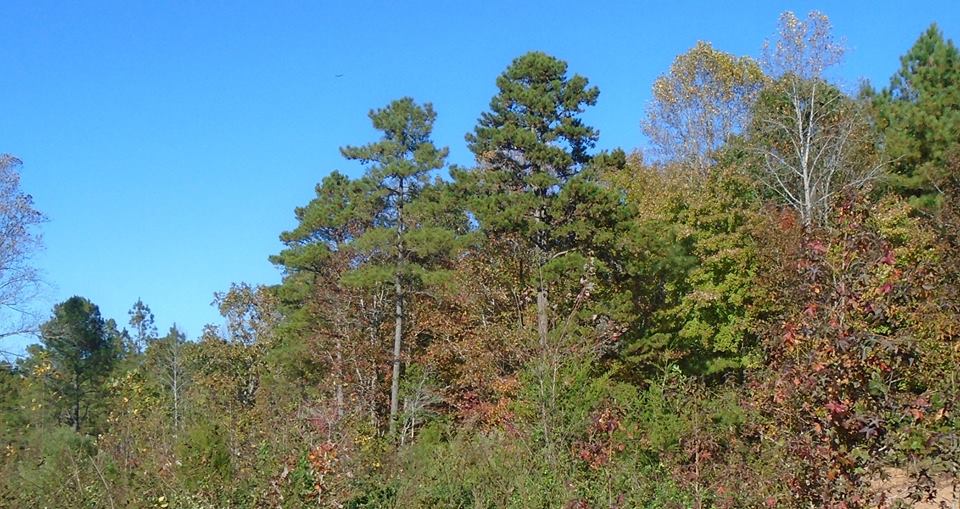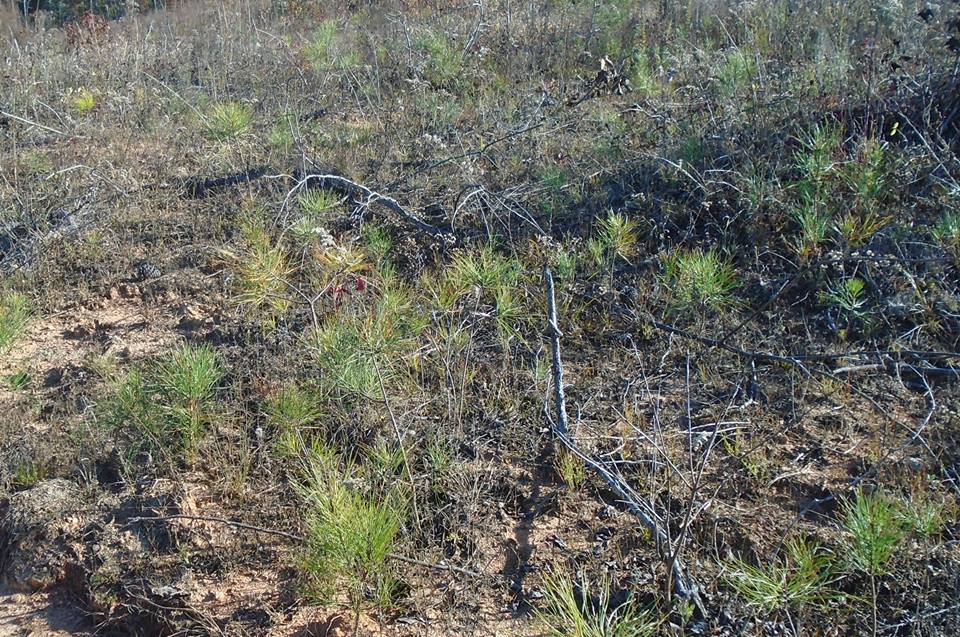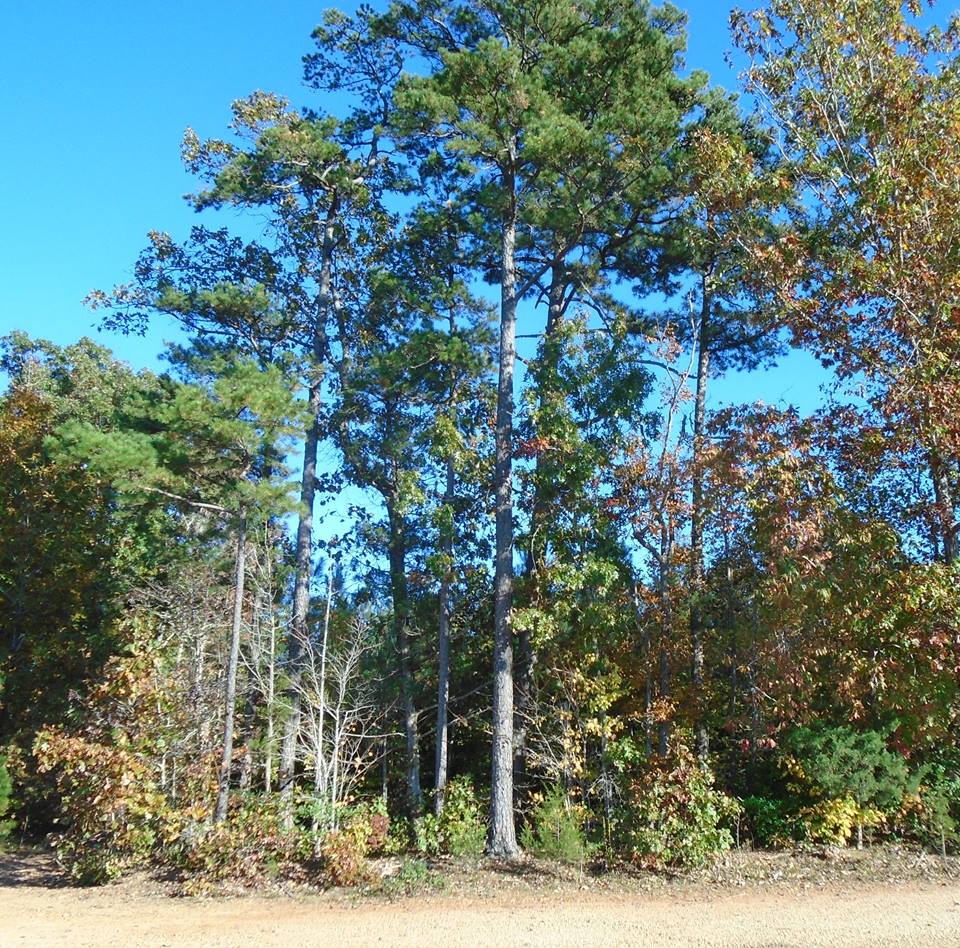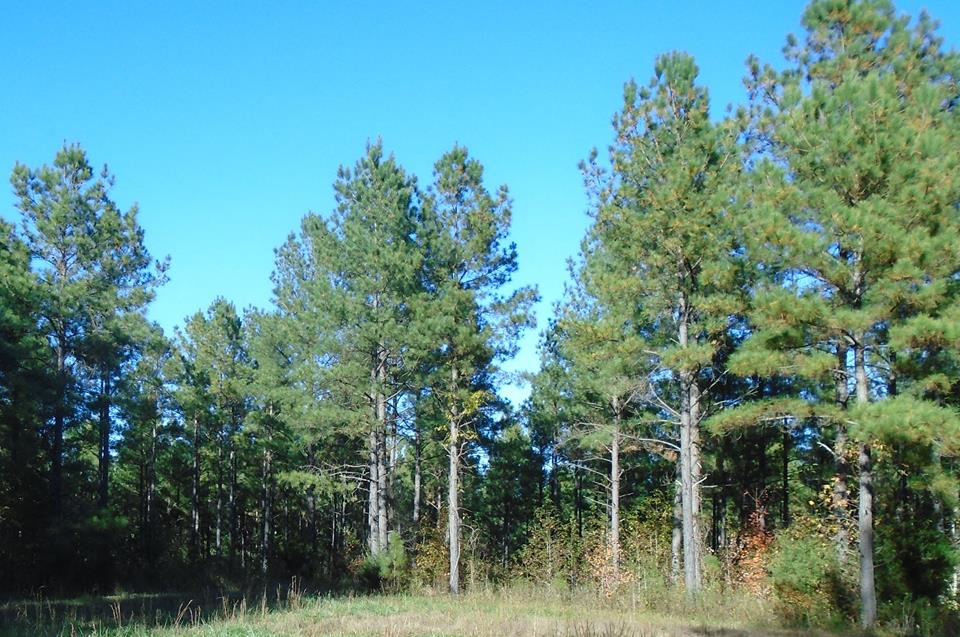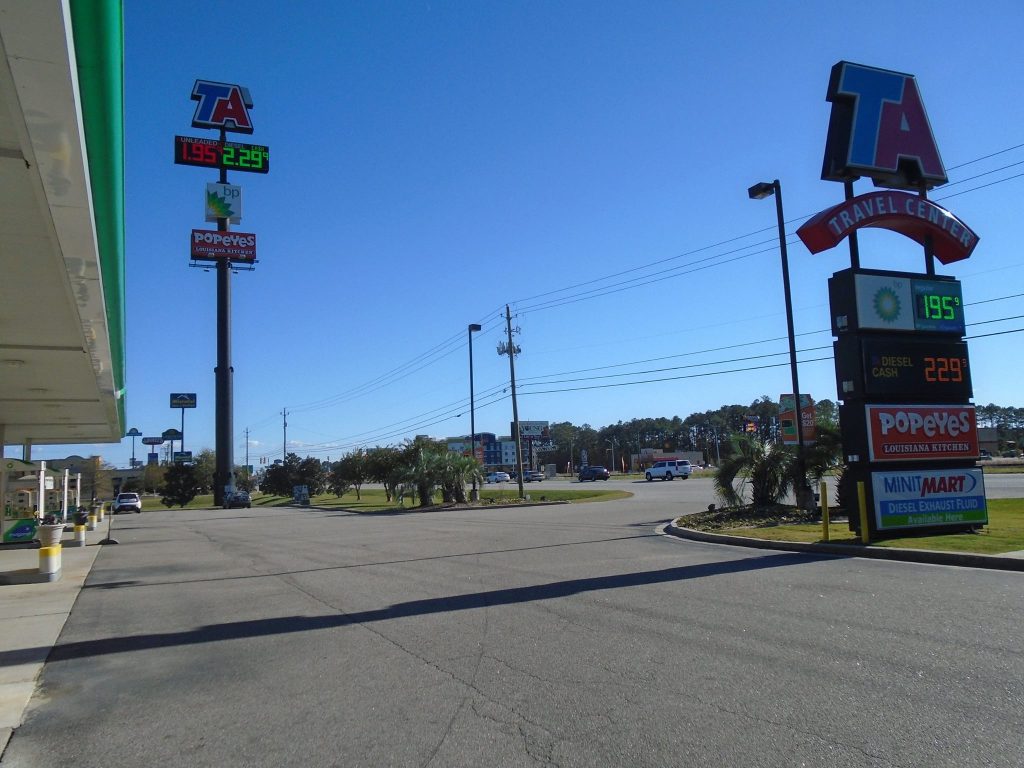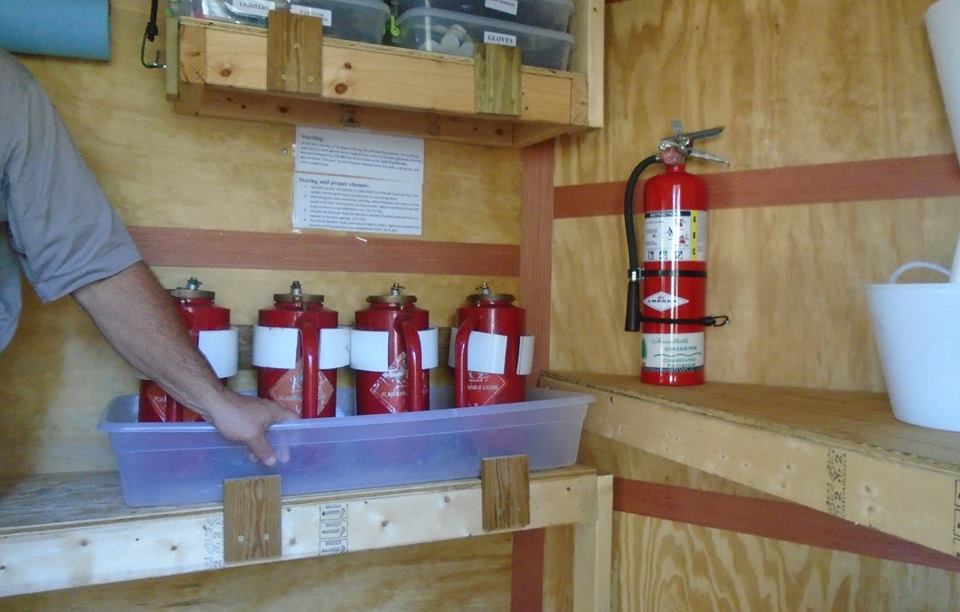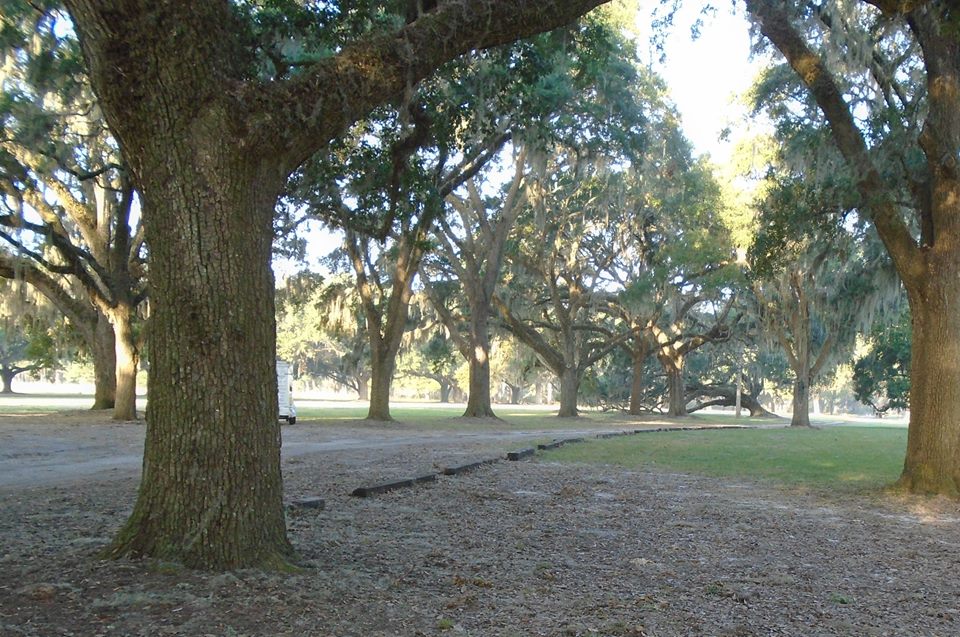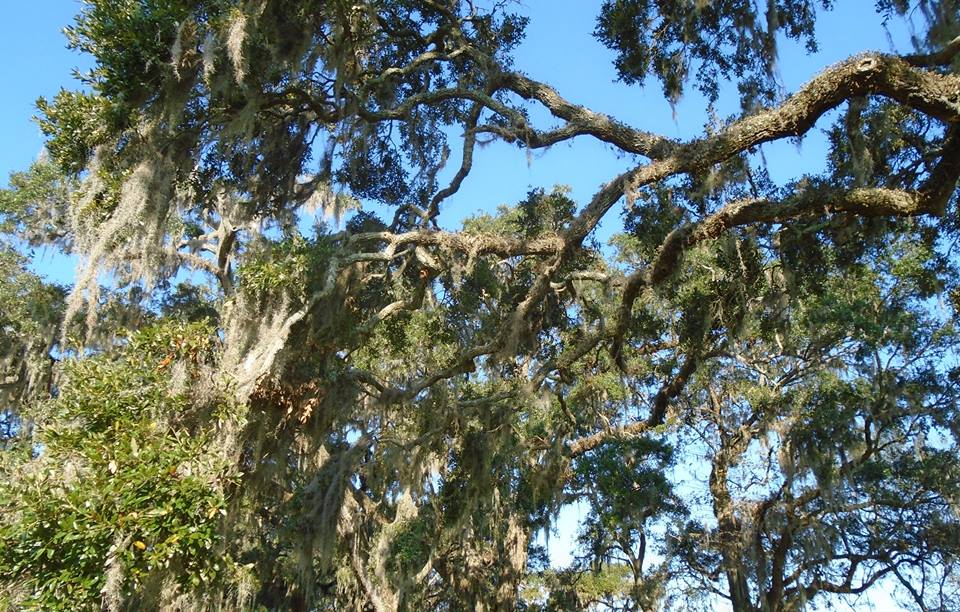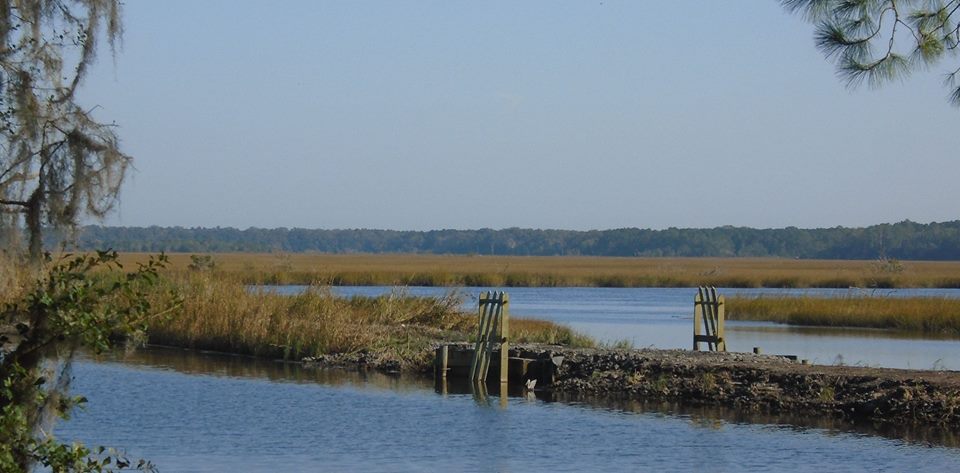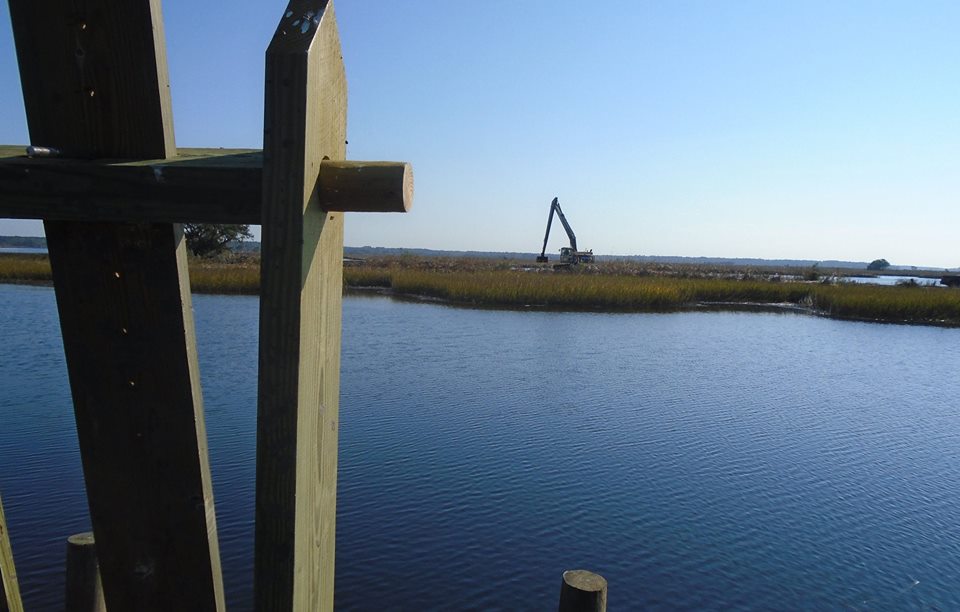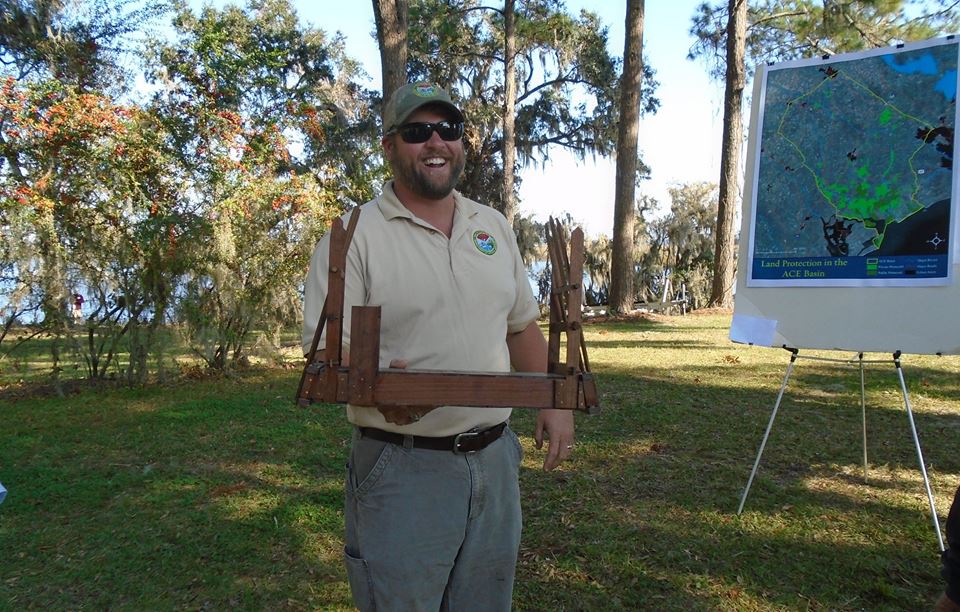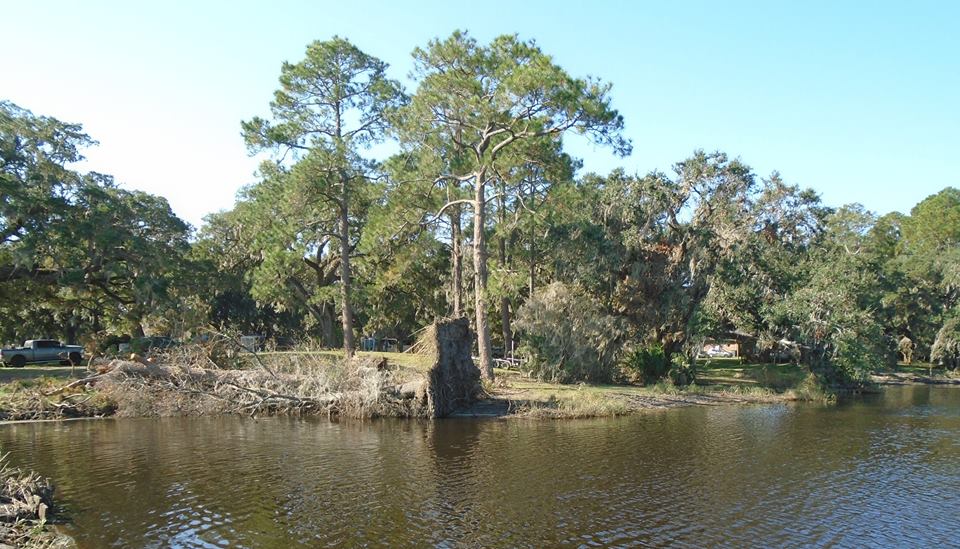Attended my last Virginia Tree Farm Committee in Richmond today. The Committee is no more, but it is not gone. Rather it has evolved into the Virginia Tree Farm Foundation, a 501 (c) (3) entity able to raise money and possessing a wider panoply of advocacy tools. I am now a charter member of the board. We currently have only six members, seven when you count the ex-officio member from the Virginia Department of Forestry. We need to organize ourselves and get others involved.
My tasks will mostly involve outreach and fundraising, as well as participating in public events. It sounds a lot like my public affairs work in my previous incarnation. I guess there is a pattern to every life and we try to do what we do well.
This is a real blue sky proposition. The board must define its role and I can define my own within very broad parameters. Ecology is my passion and I am delighted to have a vocation to go with it. I do not underestimate the challenge. I know that if I do nothing, nothing will happen, i.e. I cannot wait for somebody to tell me what to do.
The general goal is to improve the state of forestry in Virginia, to grow forest products profitably while maintaining and improving the quality of the soil and water, habitat for wildlife and places of beauty and tranquility for humans. We build on a very good base and we have lots of allies. This is good.
To move forward on this, I envision my part as network building and connecting. Lots of people are involved with tree farming and we share the common aspirations discussed above. We can help each other systemically in a kind of human ecology. The connections change the nature of the reality and the combination is greater than the sum of the parts.
I always make grandiose plans and I never achieve all my goals. I understand that it is easy to make fun of my enthusiasm. This makes me sad, but not for long. I think we need to think big even if we achieve small. We get farther that way and a man’s reach should exceed his grasp, after all.
My advantage is that I am unaffiliated. As a gentleman of leisure, I answer to nobody, expect nothing can do things w/o conflict of interest, real, imaginary or implied. But within our network, we have lots of affiliated people who can help make the connections and supply the expertise we need. I think this is an auspicious combination.
I am now reading, rereading, thinking and rethinking about aspirational networking. What are we part of and how can we work with others to produce something really worthwhile?

